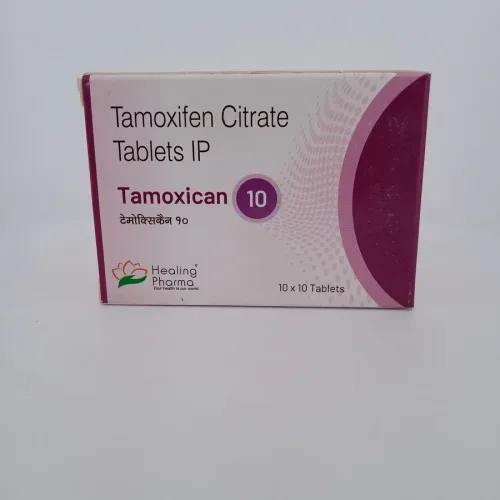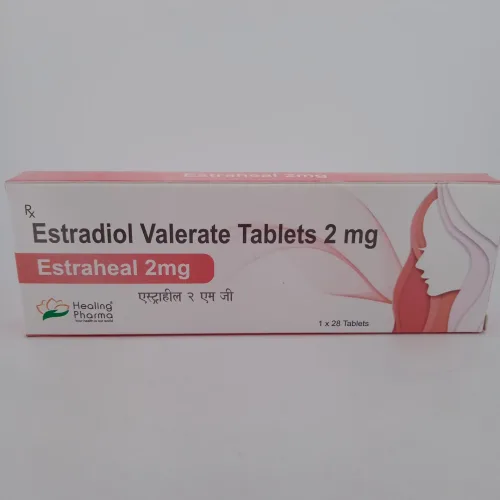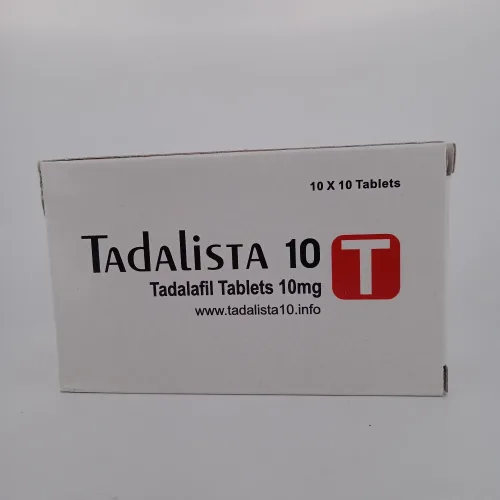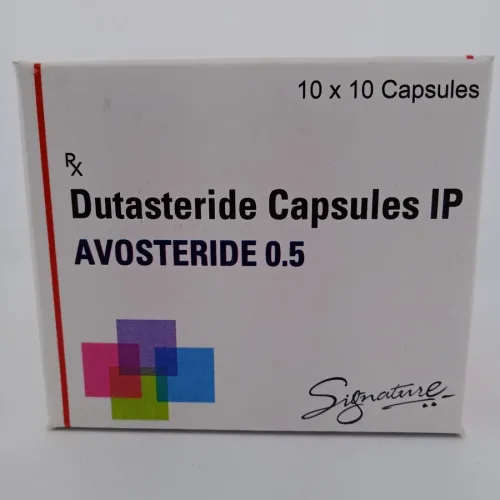we are committed to ensuring complete customer satisfaction.
Welcome to the new AIPCTSHOP! Better design, smoother checkout, and the same reliable delivery you trust.
USD $0.00
Cart TotalNo products in the cart.
Exclusive Products
USD $35.00 Original price was: USD $35.00.USD $31.50Current price is: USD $31.50.Add to cart
Vomistop 10 mg – 500 pill
Hair loss in women can be distressing and is often linked to several unique causes that differ from those in men. While occasional shedding is normal, chronic thinning or patchy loss may signal an underlying issue.
Hormonal Imbalances and Hair Loss
Fluctuations in hormones, especially during menopause, pregnancy, or due to polycystic ovary syndrome (PCOS), can trigger hair thinning or shedding in women. These hormonal shifts affect the hair growth cycle, often leading to noticeable changes in volume and texture. Addressing the underlying hormonal issue is essential for recovery.
Stress and Emotional Triggers
Emotional or physical stress can cause temporary hair loss known as telogen effluvium. High stress levels push more hair follicles into the resting phase, resulting in sudden shedding. Managing stress through lifestyle changes, therapy, and rest often allows hair to regrow naturally once the body returns to balance.
Genetic Predisposition (Female Pattern Hair Loss)
Female pattern hair loss, or androgenetic alopecia, is a hereditary condition that leads to gradual thinning along the crown and top of the scalp. Unlike male pattern baldness, it rarely results in total baldness. Early diagnosis and consistent treatment can help slow progression and maintain hair density.
Nutritional Deficiencies
Lack of essential nutrients like iron, vitamin D, zinc, and protein can lead to weakened hair and increased shedding. A well-balanced diet or targeted supplements can improve hair health. Blood tests are often necessary to identify deficiencies and guide appropriate nutritional adjustments for optimal regrowth.
Thyroid Disorders
Both hypothyroidism and hyperthyroidism can disrupt the hair growth cycle, causing thinning or hair loss. These conditions affect metabolism and hormonal regulation. Once the thyroid imbalance is treated with proper medication, hair growth usually improves over time with supportive hair care and patience during the regrowth phase.
Harsh Hairstyles and Hair Treatments
Frequent use of tight hairstyles, heat styling, or chemical treatments can damage hair shafts and lead to traction alopecia or breakage. Switching to protective hairstyles, avoiding heat, and using gentle, sulfate-free products can help restore hair health and prevent long-term damage from styling practices.
Autoimmune Conditions
Alopecia areata is an autoimmune condition where the body’s immune system attacks hair follicles, leading to patchy hair loss. While the cause is not fully understood, treatments like corticosteroid injections, topical immunotherapy, and lifestyle adjustments can help stimulate regrowth and manage the unpredictable nature of the condition.
Scalp Infections and Skin Conditions
Fungal infections like ringworm or scalp conditions such as psoriasis and seborrheic dermatitis can contribute to hair loss. These issues disrupt the scalp environment, affecting follicle health. Treating the scalp with antifungal or medicated shampoos helps clear infections and supports healthier hair growth over time.
Medical Treatments and Medications
Certain medications, including those for cancer, blood pressure, or depression, may list hair loss as a side effect. This type of shedding is usually temporary and resolves after the medication is adjusted or completed. Discussing alternatives or supportive treatments with a healthcare provider can reduce impact.
Treatment Options and Hair Restoration
Women have several treatment options, from topical minoxidil and low-level laser therapy to platelet-rich plasma (PRP) injections. Addressing the root cause is key to choosing the right solution. In more advanced cases, hair transplants may be considered, especially when other therapies show limited results.
Conclusion
Hair loss in women is complex but manageable with the right guidance and treatment plan. Understanding your unique triggers is the first step toward effective recovery.
Popular Post
Genetic Factors Behind Hair Loss
October 17, 2025
The Importance of Regular Sexual Checkups
October 21, 2025
Safe Sex Practices Everyone Should Know
October 21, 2025
Preventing Hair Thinning Naturally
October 17, 2025
















